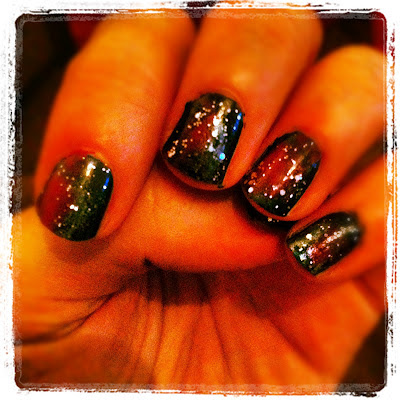Are PhD students 'switched on' to social media?
Do you presume that all PhD students are using social media to network and talk about their research work? In March I presented at the 2nd International Conference on Developments in Doctoral Education and Training about the use of social media by PhD Students. by Jhaymesisviphotography The conference focused on all elements of studying for a doctorate around the globe but this year they included a focus on 'Doctoral Candidates in the Digital Age' . There were a number of really interesting presentations and talks on this theme (all linked to below). We presented a talk based on a small study of social media use by researchers here in Aberdeen. For this we focused on the results from the PhD students about their social media use. Many presume that the current cohort of students are using social media proficiently for their own benefit. I don't think that tells a true story so wanted to explore what they w...


